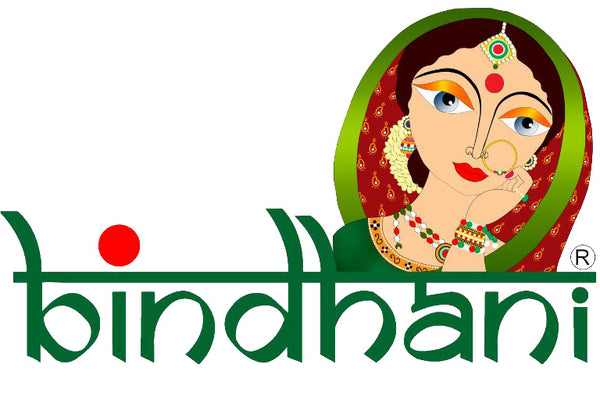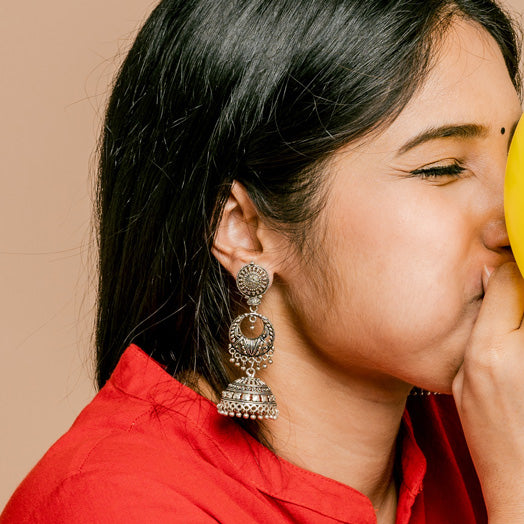
"Embracing Heritage: The Symbiosis of Odissi Dance and Oxidized Jewelry"
Share
India is a land of rich cultural heritage, where art forms and traditions have been passed down through generations. One such art form is Odissi dance, a classical Indian dance that originated in the state of Odisha. With its graceful movements, intricate footwork, and expressive storytelling, Odissi dance has captivated audiences for centuries.
But Odissi dance is not just about the movements and expressions; it is also about the costumes and jewelry that adorn the dancers. And when it comes to jewelry, one particular style stands out - oxidized jewelry.
What is Oxidized Jewelry?
Oxidized jewelry is a traditional form of jewelry that has been popular in India for centuries. It is made by treating silver-plated metals with a chemical compound to create a dark, antique finish. The result is a unique piece of jewelry that exudes a sense of history and tradition.
The Symbiosis of Odissi Dance and Oxidized Jewelry
Odissi dance and oxidized jewelry share a deep connection, as both are rooted in tradition and heritage. The intricate movements of the dance form are enhanced by the elaborate jewelry worn by the dancers. The oxidized jewelry, with its dark and antique finish, complements the vibrant costumes and adds a touch of elegance to the performance.
Not only does oxidized jewelry enhance the visual appeal of Odissi dance, but it also holds a symbolic significance. The jewelry worn by the dancers represents the divine adornments of the deities worshiped in the temples of Odisha. It is believed that wearing these jewelry pieces during the performance brings blessings and divine energy to the dancers.
The Significance of Oxidized Jewelry in Odissi Dance

Oxidized jewelry plays a crucial role in Odissi dance, as it helps to convey the emotions and characters portrayed in the performance. Each piece of jewelry, from the elaborate headpieces to the intricate oxidised round big size stud earrings, oxidized nose ring (nath), long chain oxidised necklace with pendant, oxidised bangles, oxidised thin finger ring, and lightweight but heavy look body jewelry kamar bandh (waist belt ) and oxidised toe rings, has a specific meaning and purpose.
For example, the headpiece worn by the dancer, known as the 'maang tikka,' represents the third eye and symbolizes wisdom and spiritual awakening. The necklaces worn by the dancers, called 'haar,' represent the divine garlands offered to the deities. The bangles worn on the wrists, known as 'kangan,' symbolize femininity and grace.
Preserving Tradition and Heritage
By embracing oxidized jewelry in Odissi dance, dancers and performers are not only showcasing their talent but also preserving and promoting the rich cultural heritage of Odisha. The symbiotic relationship between Odissi dance and oxidized jewelry ensures that the traditions and art forms of the region continue to thrive and evolve.
So the next time you witness an Odissi dance performance, take a moment to appreciate the intricate movements, the vibrant costumes, and the exquisite oxidized jewelry. It is a testament to the beauty and richness of Indian culture and a celebration of the symbiosis between tradition and art.
Bindhani also has handpicked oxidised earrings jewelry for dancers and performers.
Oxidised Peacock Earrings , Paisley Oxidised Earrings with ghungroo, Sneal-Insprired Color Stone Oxidized Earrings, Oxidised Flower Stud Earrings








